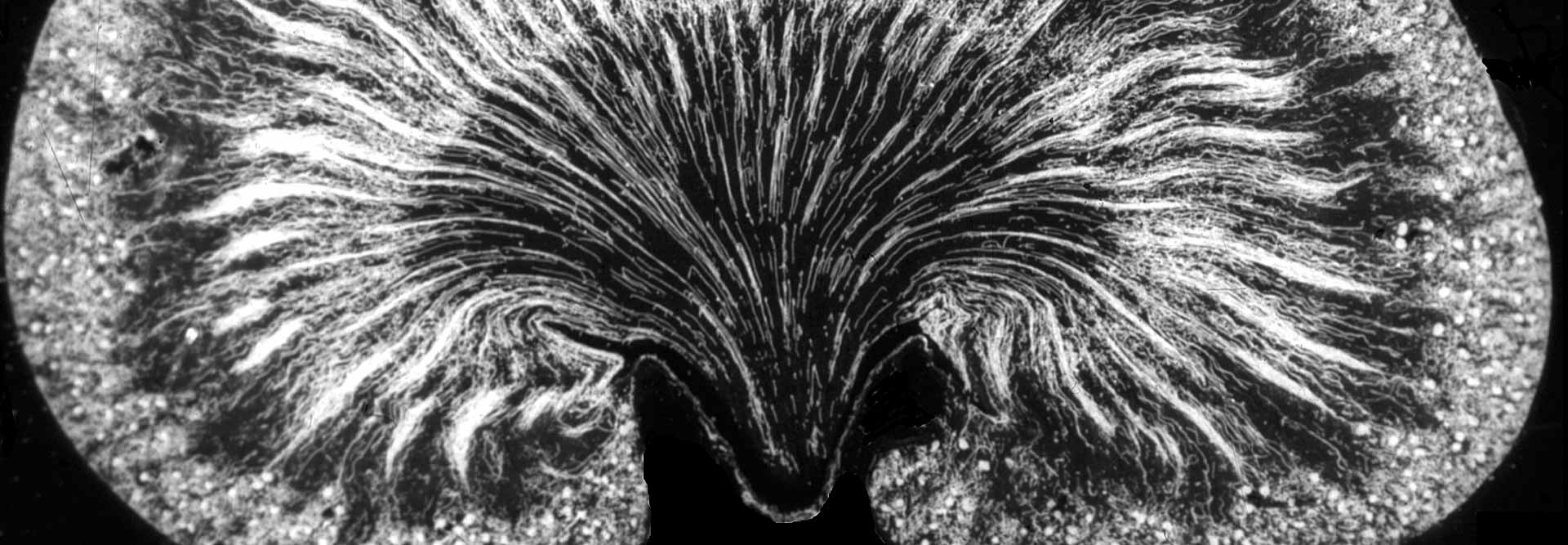
Kidney and Ureteric Stones
Kidney stones usually present with either pain or blood in the urine or urinary tract infections that are usually resistant to treatment. The severe form of the pain is called renal colic and is caused by back pressure on the kidney when the passage of urine is blocked by the stone in the ureter. Renal colic will often require a trip to Hospital for pain relief and may require surgery to relieve the obstruction.
Stones are usually diagnosed with a non contrast CT Scan and plain Xray. Ultrasound alone is usually inadequate to diagnose stones or to plan treatment.
Treatments
The treatment of stones will depend on their size and position, your overall kidney function and whether or not you have an infection. Small stones may pass spontaneously but once they reach 5 mm only 50% will pass and once they reach 7mm only 10 % will pass. In the emergency department you may be given a medication called Tamsulosin which may help you pass a stone spontaneously.
In an acute setting your initial treatment may be the placement of a ureteric stent. This is a fine plastic tube that sits in the ureter which is the tube between the bladder and the kidney, allowing urine to flow past the obstructing stone. The ureter will usually dilate slightly from the stent and the stone may even pass out next to the stent although this is unusual.
The treatment of kidney and ureteric stones will depend on their size and position.
Ureteroscopy and Pyeloscopy and Laser Surgery
The treatment of stones will depend on their size and position, your overall kidney function and whether or not you have an infection. Small stones may pass spontaneously but once they reach 5 mm only 50% will pass and once they reach 7mm only 10 % will pass. In the emergency department you may be given a medication called Tamsulosin which may help you pass a stone spontaneously.
In an acute setting your initial treatment may be the placement of a ureteric stent. This is a fine plastic tube that sits in the ureter which is the tube between the bladder and the kidney, allowing urine to flow past the obstructing stone. The ureter will usually dilate slightly from the stent and the stone may even pass out next to the stent although this is unusual.
Percutaneous Nephrolithotomy
This procedure is more invasive than Ureteroscopy as a small incision is made in your back and a tract formed to the kidney. A telescope is then placed directly into the kidney and the stone identified and then with some form of energy source, either Ultrasonic or laser, the stone is fragmented and removed. This procedure is for bigger and more complex stones and requires a 2-3 day stay in hospital. There will be a tube in your back called a Nephrostomy tube which will be removed before you leave hospital. This procedure can be complicated by significant bleeding and rarely a blood transfusion is necessary.
Extracorporeal Shock Wave Lithotripsy
This is the least invasive way to treat stones in the kidney. With this technique shock waves are generated from a machine through the skin to fragment the stone which then has to pass spontaneously in the urine. It is clearly less accurate as imaging the stone can be difficult and there is no certainty that the stone has fragmented. It also takes the stones some time to pass after the treatment and there may be pain when passing the fragments. It often requires multiple treatments and studies have been associated with a risk of high blood pressure.
Prevention
It is possible to decrease the incidence of renal stones through dietary changes. This is highly recommended for patients who have had renal stones, since they are at a higher risk than the general community of having another one.
Increased Fluid Intake
You need to drink 2 litres a day in winter and 2- 3 litres of fluid a day in summer, even more if it is very hot or you are exercising or sweating. The best fluid is water or water with lemon juice. The best indicator of drinking enough is the colour of your urine. It should be clear or light yellow at all times. Avoid carbonated soft drinks especially Cola. Carbonated mineral water is fine.
Protein in your Diet
Eating large amounts of protein can increase stone formation. Limit meat ( Beef, fish, chicken and pork) to 350grams a day.
Oxalate intake
Foods that increase oxalate in the urine and increase stone formation are beets, spinach, rhubarb, nuts, chocolate, wheat bran, all dry beans, cola and coffee. These should all be limited.
Vitamin C
Large doses of Vitamin C can increase oxalate in your urine increasing the risk of stone formation. Supplements are not suggested.
Sodium in the diet
You should limit salt to 2-3 gms a day which 1-1.5 teaspoons. Excess sodium leads to excess Calcium secretion in urine and can cause stones. Avoid processed foods and snacks.
Calcium in your diet
You need calcium in your diet for your bones and decreasing calcium can lead to bone loss. Low levels of calcium can lead to increased oxalate absorption and thus increased stone formation. Calcium levels should be normal.
Uric Acid Stones
These are the only stones that are actually dissolvable with a combination of increased fluid intake, alkalinising the urine with oral bicarbonate and decreasing serum Urate which can be done by taking Allopurinol. You need to have your stone analysed to determine if you are making uric acid stones. Uric acid stones are uncommon.
Patients who have had renal stones ... are at a higher risk than the general community of having another one.


